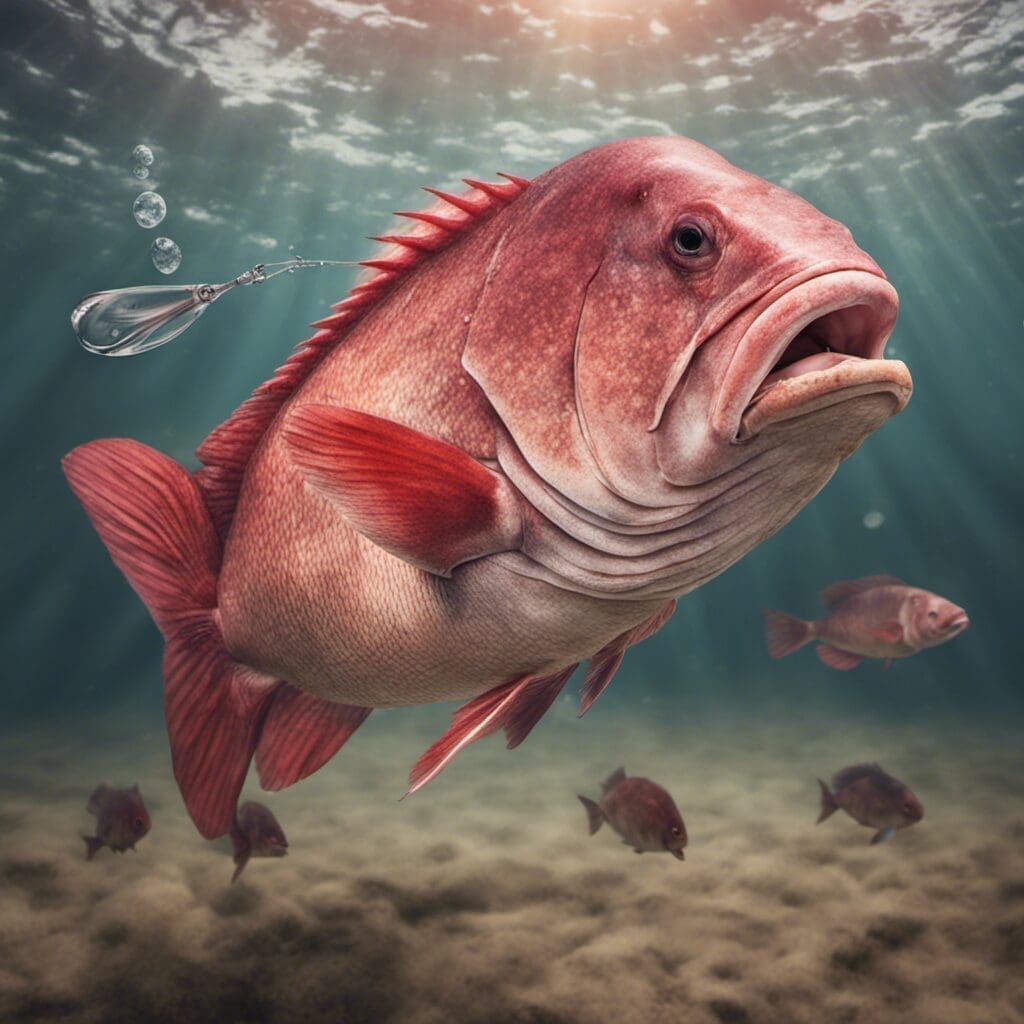Introduction
Species Name: Cubera Snapper
Family Name: Lutjanidae
Conservation Status
Current Status: Least Concern
Conservation Efforts: Regulations on size and season restrictions
Statistics
| Length (Average) | Weight (Average) | Average Lifespan | Other Stats |
|---|---|---|---|
| 4 ft | 68 lbs | 18 years | Can grow up to 125 lbs and live up to 25 years |
Distribution
Regions/Countries: Western Atlantic, Southern Florida, Gulf of Mexico to Brazil
Migration Patterns: Infrequently migrate to breeding sites
Habitats
Water type: Saltwater and Brackish
Depth Range: Up to 200 ft
Temperature Range: Warm Tropical Waters
When and Where to See
Seasonal patterns: Spring to Summer
Time of Day: After sunset and at night
Best Fishing Locations
| Top Locations |
|---|
| Florida Keys |
| Costa Rica |
| Bimini |
| Coast of Belize |
General Tips
Cubera Snapper are commonly found in coral reefs and rocky areas near offshore islands.
How to Catch
Preferred bait or lures: Large baitfish like mullet
Fishing techniques: Bottom fishing, spearfishing
Best time of day or season for fishing: Nighttime during summer months
Identification Guide
Physical characteristics: Dark brownish-gray in color, large snapper with an upper canine teeth that reaches past lower jaw
Comparison with similar species: Larger and darker than Gray Snapper
Culinary
How to Cook: Commonly grilled, baked, or fried
Taste Profile: Mild sweet flavor with firm texture
Nutritional Information: High in protein and low in fat
Additional Information
Behavior: Aggressive and territorial
Predators and Threats: Predators include larger fish and sharks. Human-induced threats include overfishing.
Cultural/ Historical Significance: In some cultures, the Cubera Snapper is associated with strength and courage due to its aggressive nature.
References and Further Reading
“Guide to the Cubera Snapper.” Florida Museum, University of Florida
“Catch and Release Tips for Cubera Snapper.” The Coastal Angler
“Cubera Snapper Recipes.” Southern Living Magazine

